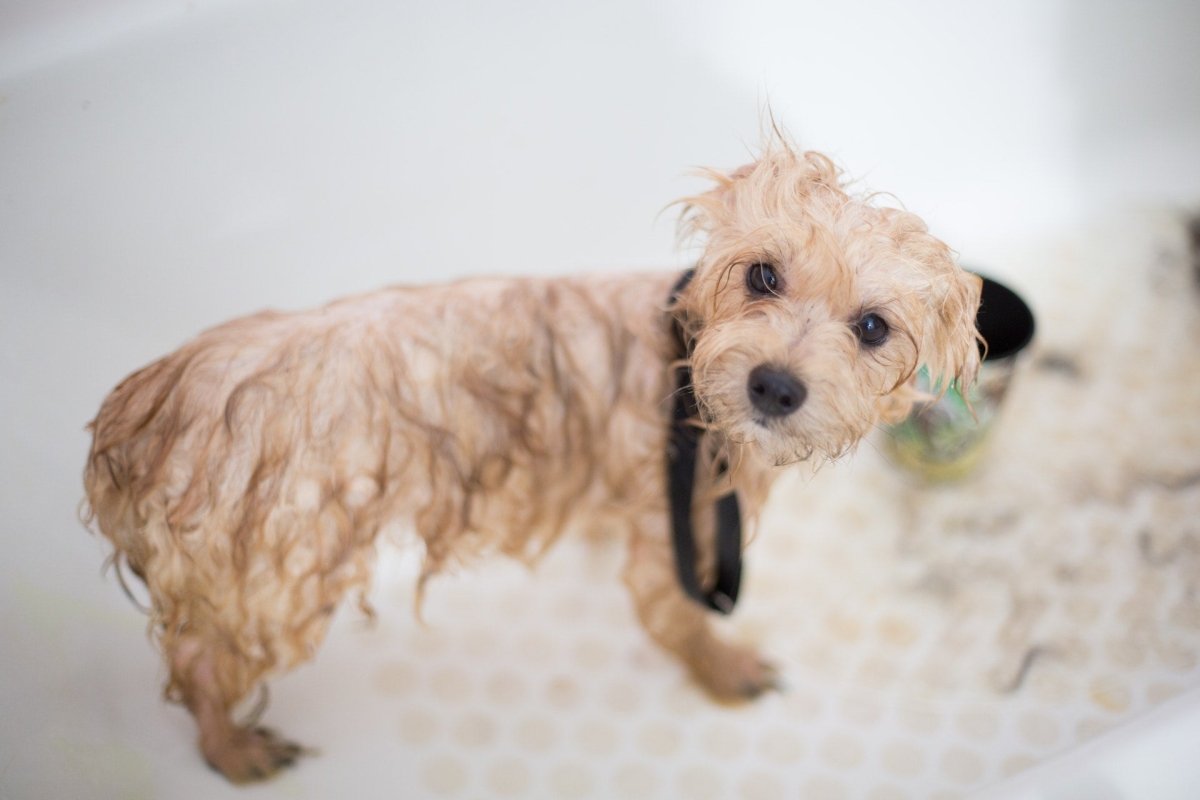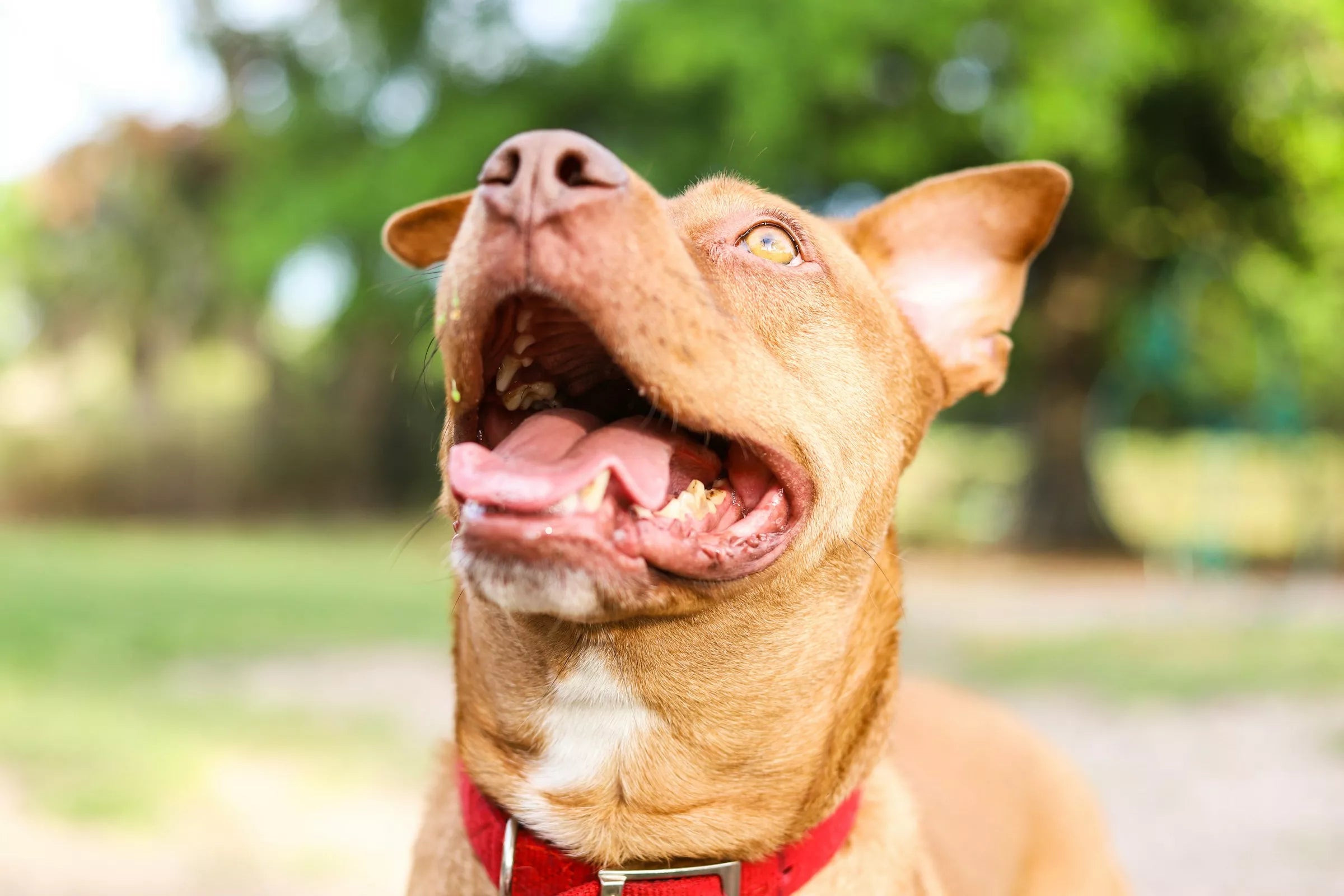When it comes to caring for our beloved furry friends, questions about their grooming routines often arise. One common query that dog owners often ponder is, "How often should I bathe my dog?" Well, fret not, dear reader, for we are here to provide you with comprehensive guidance on this topic. So, let's dive right in and uncover the secrets to keeping your canine companion clean and happy!
Understanding Your Dog's Coat
Before determining the ideal bathing frequency, it's essential to consider your dog's coat type. Different breeds possess varying coat characteristics, such as length, thickness, and oiliness. These factors play a crucial role in determining how often your dog should be bathed.
For breeds with oily skin and water-resistant coats, such as Retrievers or Spaniels, bathing them too frequently can strip their natural oils, leading to dry and irritated skin. Conversely, breeds with shorter or single-layered coats, like Beagles or Dalmatians, may require more frequent baths to maintain cleanliness and minimise odour.
Factors Influencing Bathing Frequency
While general guidelines can help you establish a bathing routine for your furry companion, it's important to remember that individual circumstances may necessitate adjustments. Here are some factors to consider:
Activity Level
Dogs that love outdoor adventures, exploring muddy trails, or frolicking in the ocean may require more frequent baths to remove dirt, debris, and potential allergens. Active dogs often benefit from monthly or bi-monthly bathing sessions.
Skin Conditions
Certain skin conditions, such as allergies or dermatitis, may require more frequent bathing to alleviate symptoms and prevent flare-ups. In such cases, consult your veterinarian to determine the appropriate bathing schedule.
Odour Control
Let's face it, some dogs have a stronger natural scent than others. If you notice a persistent odour, despite regular grooming, it might be a sign that your pup needs a bath. Consider using gentle, odour-neutralising shampoos formulated for dogs.
Medical Recommendations
In some instances, veterinarians may prescribe specific bathing frequencies as part of a treatment plan for certain medical conditions. Always follow their advice to ensure your dog's well-being.
Coat Maintenance
Regular brushing and grooming play a crucial role in maintaining a healthy coat. If you keep up with brushing sessions, it can reduce the need for frequent baths by preventing matting, tangles, and excessive shedding.
General Bathing Guidelines
While individual factors come into play, here are some general guidelines to help you determine how often you should bathe your dog:
Monthly Baths
For most dogs with a balanced coat, a monthly bath is a good starting point. This allows for regular cleaning without stripping their natural oils excessively. However, adjust the frequency based on your dog's specific needs.
Consider Water-only Baths
In-between full baths, you can opt for water-only baths to rinse off dirt and debris. This mild cleansing method helps keep your dog fresh without overdoing the use of shampoos.
Use Dog-friendly Shampoos
When it's time for a full bath, ensure you use shampoos specially formulated for dogs. Human shampoos can be harsh and may cause skin irritations or dryness. Look for mild, hypoallergenic options that suit your dog's specific needs.
Prepare the Bathing Environment
Before bath time, gather all the necessary supplies, such as towels, shampoos, and brushes. Ensure the water temperature is lukewarm and comfortable for your furry friend. Creating a calm and positive atmosphere can make bath time a positive experience for both of you.
Proper Bathing Technique
When bathing your dog, start by wetting their coat thoroughly. Apply a small amount of shampoo, lather it gently, and massage it into their fur, paying extra attention to areas that tend to get dirtier, such as the paws and underbelly. Rinse thoroughly to remove all traces of shampoo, as residual products can cause skin irritation. Towel-dry your dog, and if needed, use a pet-friendly hairdryer on a low-heat setting to avoid overheating.
Nail Trimming and Ear Cleaning
While bathing, take the opportunity to check your dog's nails and ears. Regular nail trims and ear cleaning are important for their overall hygiene. If you're unsure about these procedures, consult a professional groomer or your veterinarian.
Observing Your Dog's Reaction
Pay attention to your dog's behaviour during and after bath time. Some dogs may find bathing stressful, while others may enjoy the experience. Adjust the bathing routine accordingly to ensure your furry friend feels comfortable and secure.
Conclusion
The ideal bathing frequency for your dog depends on various factors, including their breed, coat type, activity level, and individual needs. While monthly baths are a good starting point for most dogs, it's crucial to consider your dog's specific circumstances and make adjustments accordingly.
Remember, maintaining a healthy coat goes beyond bathing alone. Regular brushing, proper nutrition, and visits to the veterinarian for check-ups and vaccinations are all essential for your dog's overall well-being.
If you're unsure about establishing a bathing routine for your dog, don't hesitate to seek guidance from your veterinarian or a professional groomer. They can provide personalised recommendations based on your dog's unique characteristics and requirements.















Share:
How to Prevent Dental Disease in Dogs
5 Fun Things To Do With Your Dog